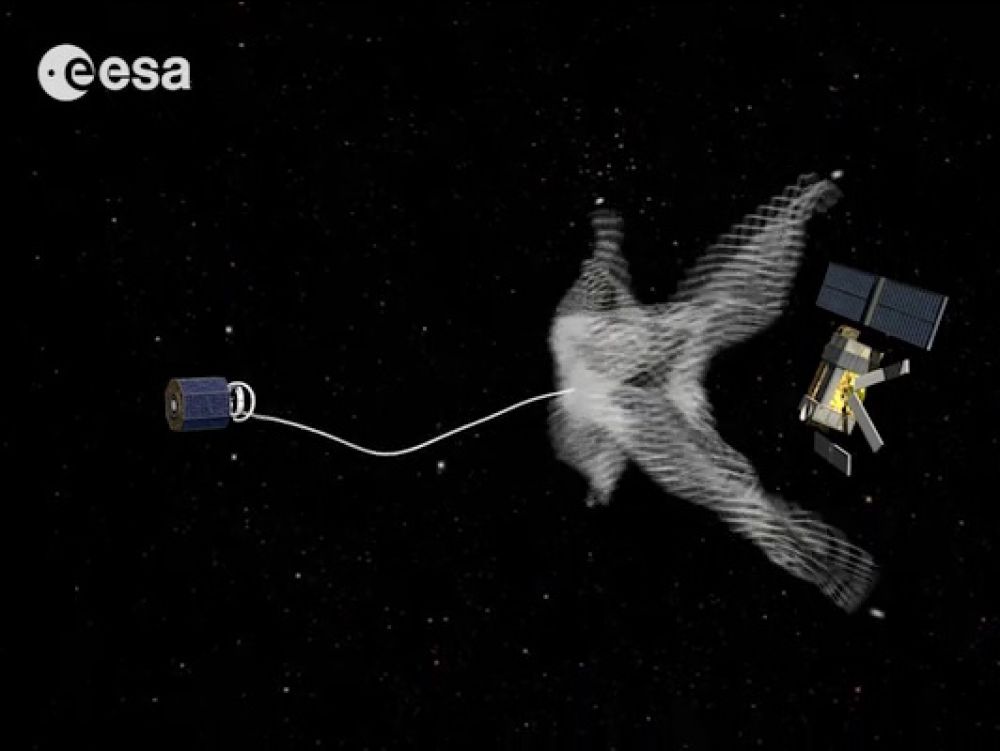On Thursday, May 23rd, 2019, SpaceX launched the first batch of their Starlink satellites to orbit. The launch took place at 10:30 pm EDT (07:30 pm PDT) from Space Launch Complex 40 (SLC-40) at Cape Canaveral on the Florida coast. With this delivery, SpaceX founder Elon Musk is making good on his promise to begin providing global broadband internet access to the entire world, a goal that has become somewhat challenging in recent years.
Continue reading “SpaceX just launched 60 satellites for its Starlink Constellation. Internet service providers should be very worried.”Planetary Society’s Light Sail 2 is Set to Launch on a Falcon Heavy Rocket Next Month
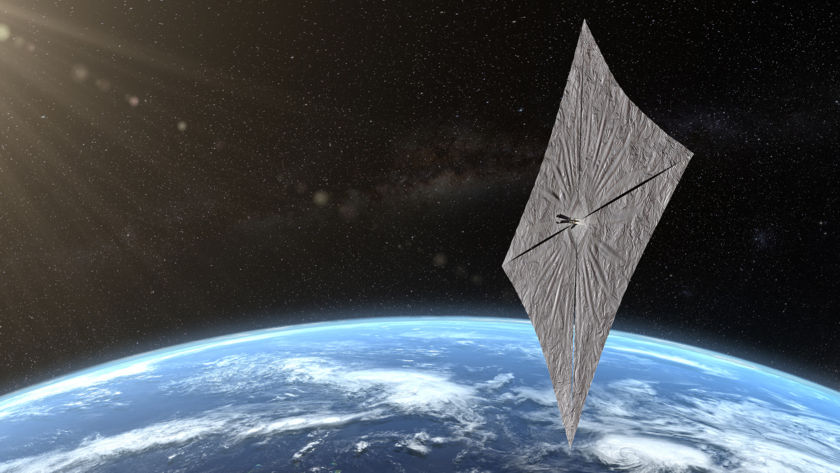
The Planetary Society is going to launch their LightSail 2 CubeSat next month. LightSail 2 is a test mission designed to study the feasibility of using sunlight for propulsion. The small satellite will use the pressure of sunlight on its solar sails to propel its way to a higher orbit.
Continue reading “Planetary Society’s Light Sail 2 is Set to Launch on a Falcon Heavy Rocket Next Month”Before We Ruin the Universe, We Should Follow Some Space Sustainability Guidelines
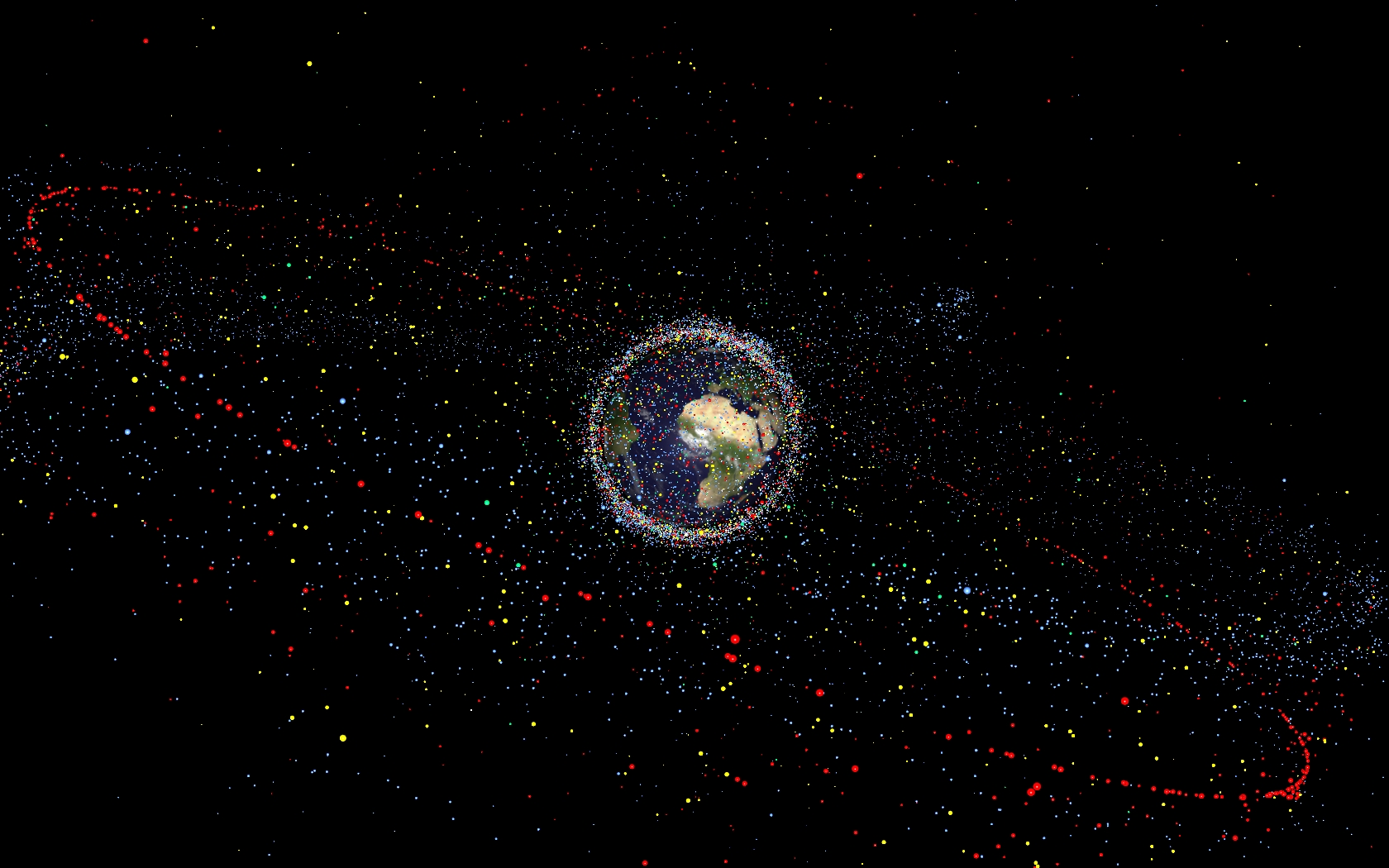
There are 20,000 objects orbiting Earth at this moment that are larger than 10 cm. Out of that number, only about 2,000 are operational satellites. The other 18,000 objects are pieces of junk of varying sizes. But it’s not just junk: it’s dangerous junk.
If that doesn’t sound like a problem, keep this in mind: Thanks to SpaceX and others, we’re living in the age of cheap access to space, and we’re seeing more and more satellites boosted into orbit. The problem won’t go away on its own.
Continue reading “Before We Ruin the Universe, We Should Follow Some Space Sustainability Guidelines”Starlink’s Satellites Will be Orbiting at a Much Lower Altitude, Reducing the Risks of Space Junk
Among Elon Musk’s many plans for the future, one of the more ambitious has been the creation of a constellation of satellites that will offer broadband internet access to the entire world. Known as “Starlink”, the company’s long-term plan is to deploy over 12,000 internet satellites to Low Earth Orbit (LEO) by the mid-2020s.
Despite criticism and dismissal, Musk and SpaceX have taken some major steps in recent years to get the ball rolling on this proposal. And according to a recently-released official statement from the company, mass production is well underway and the first batch of operational satellites are already in Florida awaiting their scheduled May 2019 launch.
Continue reading “Starlink’s Satellites Will be Orbiting at a Much Lower Altitude, Reducing the Risks of Space Junk”SpaceX’s Starlink Constellation Construction Begins. 2,200 Satellites Will go up Over the Next 5 years

Elon Musk has made a lot of crazy promises and proposals over the years, which inevitably leads people to pester him about deadlines. Whether it’s reusable rockets, affordable electric cars, missions to Mars, intercontinental flights, or anything having to do with his many other ventures, the question inevitably is “when can we expect it?”
That question has certainly come up in relation to his promise to launch a constellation of broadband satellites that would help provide high-speed internet access to the entire world. In response, Musk recently announced that SpaceX will launch the first batch of Starlink satellites in May 2019, and will continue with launches for the next five years.
Continue reading “SpaceX’s Starlink Constellation Construction Begins. 2,200 Satellites Will go up Over the Next 5 years”Space Weather Forecasts can now give Satellites One Whole Day of Warning when a Killer Solar Storm is Inbound
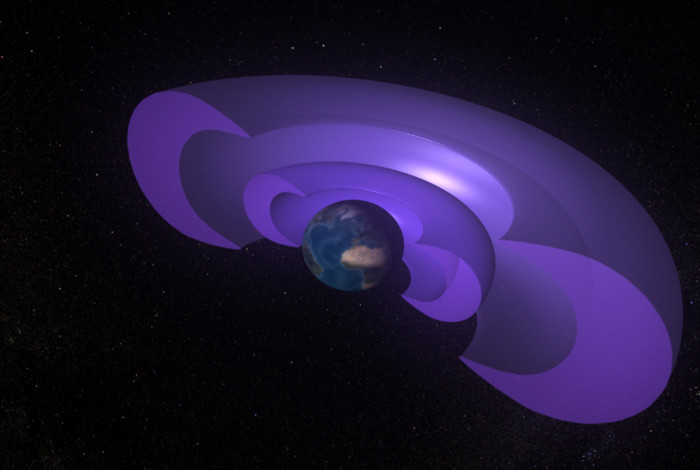
Earth’s fleet of satellites is in a vulnerable position. When solar activity increases, high-energy particles are directed toward Earth. Our large fleet is in the direct path of all that energy, which can damage them or render them inoperable. But now we have another tool to help us protect our satellites.
Continue reading “Space Weather Forecasts can now give Satellites One Whole Day of Warning when a Killer Solar Storm is Inbound”India Destroyed a Satellite With a Missile Last Week, and Pieces Were Thrown Into an Orbit That Risks the International Space Station
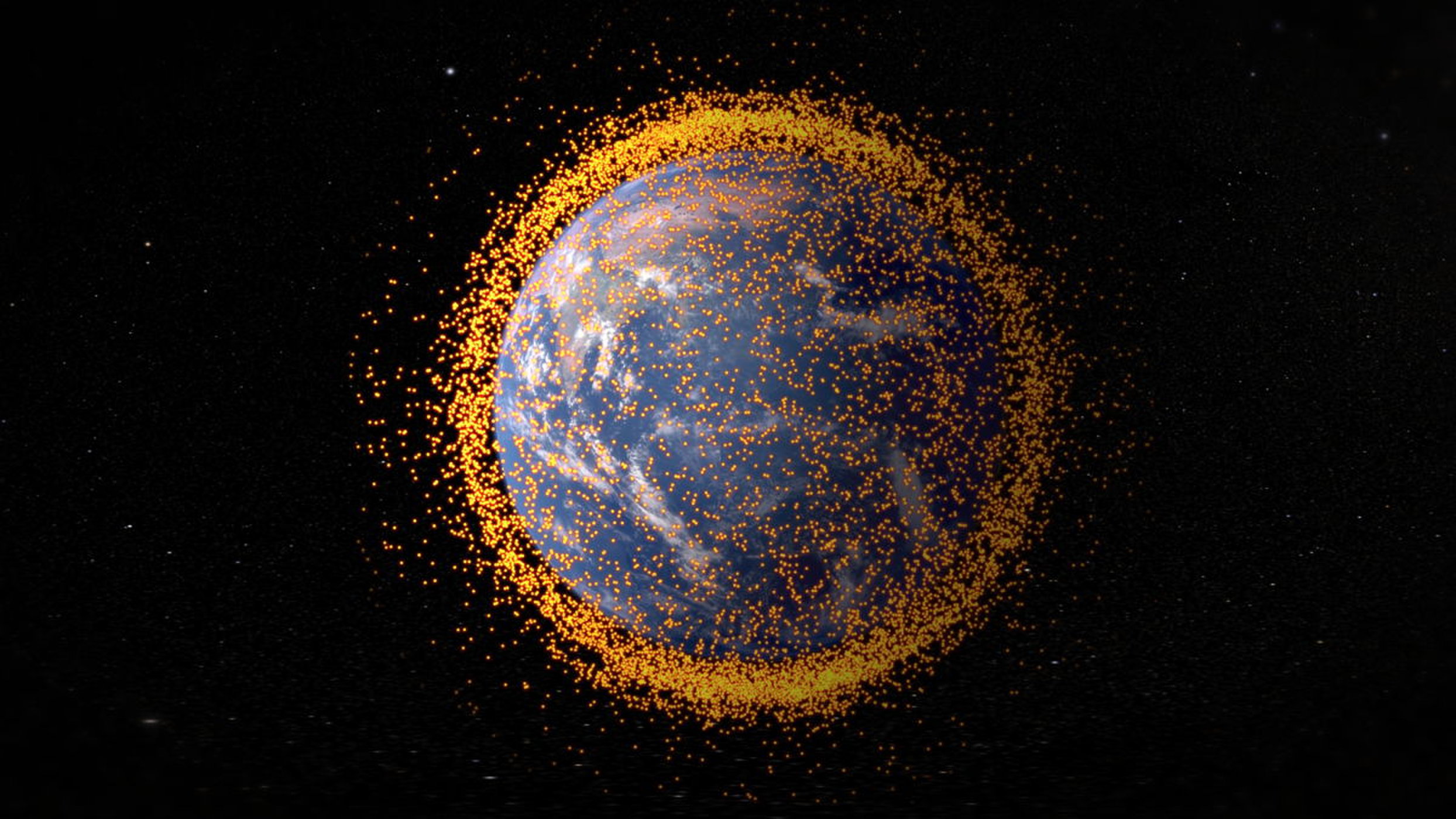
Last week, in a move that left many perplexed, the nation of India destroyed one of its own satellites. According to a statement made by Prime Minister Narendra Modi, this operation (“Mission Shakti”) was conducted using a new type of anti-satellite missile. With this one act, Modi claimed that India had “established itself as a space power”, effectively joining the United States, Russia and China.
Unfortunately, this demonstration has created a cloud of orbital debris in Low Earth Orbit (LEO). According to a recent statement made by NASA Administrator Jim Bridenstine, this debris poses an “unacceptable” threat to the International Space Station. In this sense, by flexing its muscle as a space power, India may have caused some serious disruption to international efforts in space.
Continue reading “India Destroyed a Satellite With a Missile Last Week, and Pieces Were Thrown Into an Orbit That Risks the International Space Station”British Satellite Tests its Space Junk Harpoon
Last summer, a new type of debris-hunting satellite was released from the International Space Station (ISS). It’s known as the RemoveDebris spacecraft, a technology-demonstrator developed by Surrey Satellite Technology Ltd and the Surrey Space Center. The purpose of this satellite is to test whether satellites equipped with targeting software, a debris net and a harpoon are effective at combating space debris.
For the past few months, this spacecraft has been conducting a series of Active Debris Removal (ADR) exercises. About a week ago, according to a recent statement, the RemoveDebris satellite tested out its harpoon for the first time. As you can see from the video, the satellite successfully demonstrated its harpoon system and verified its ability to secure space debris and keep it from flying away.
Continue reading “British Satellite Tests its Space Junk Harpoon”Astronomers Aren’t Pleased About a Russian Plan to Put Billboards in Space

It was bound to happen.
While the rest of us look up at the night sky, and wonder at what we’re seeing, ponder how it all fits together, and strain ourselves trying to understand how our origins are intertwined with all that we see, others don’t. They look up at the magnitude of the night sky and think none of these things.
Instead they think, “Hmmm…that’s a big, empty billboard. How can I make money from it?”
Continue reading “Astronomers Aren’t Pleased About a Russian Plan to Put Billboards in Space”SpaceX Uses a Thrice-Launched Booster to Send 64 Satellites Into Space.
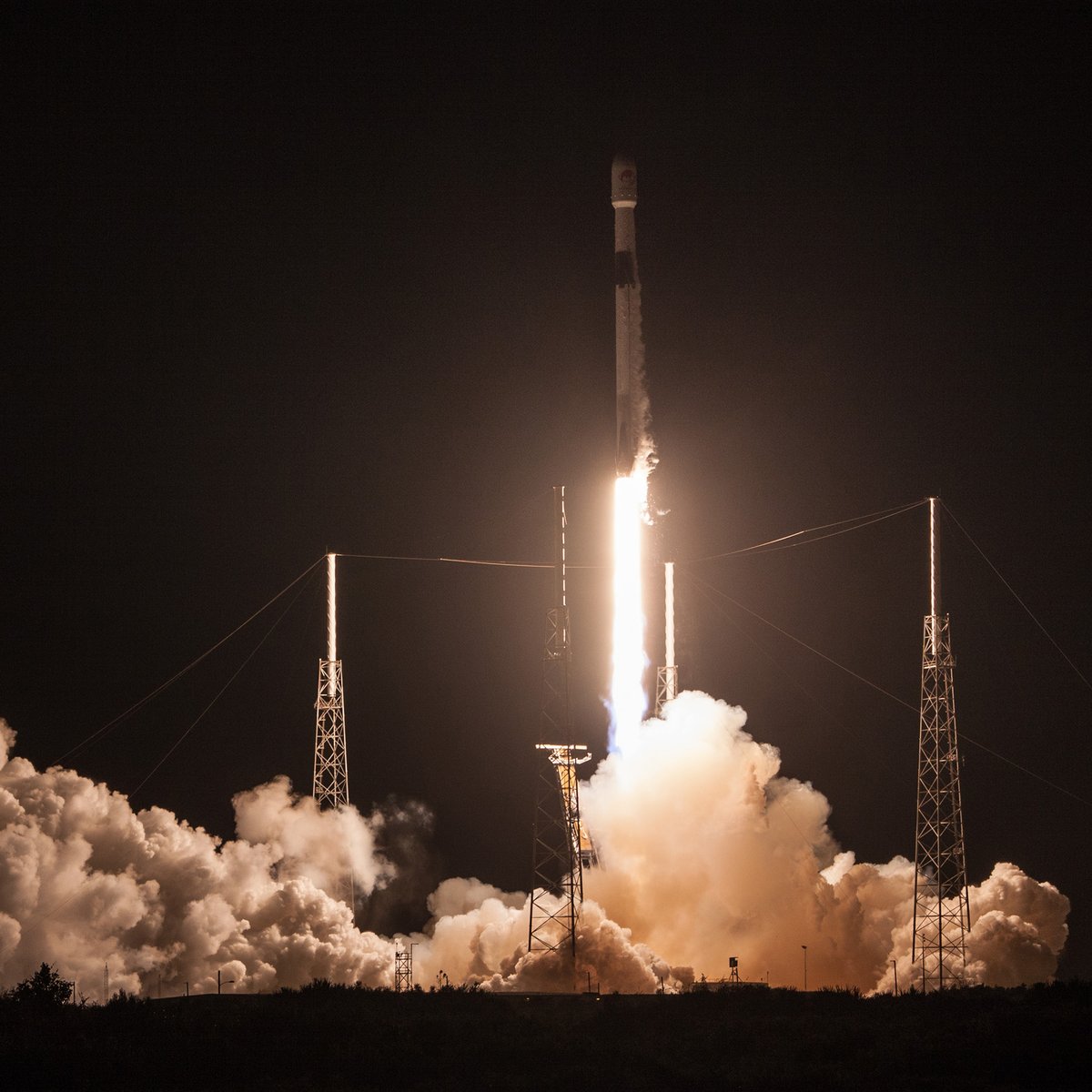
Earlier today (Monday, Dec. 3rd), private aerospace giant SpaceX launched its Spaceflight SSO-A: SmallSat Express mission. The launch took place from Space Launch Complex 4E (SLC-4E) at Vandenberg Air Force Base in California. Aboard the rocket were 64 spacecraft, consisting of microsatellites, cubesates, technology demonstrators and educational research endeavors.
This mission was a milestones for a number of reasons. For Spaceflight Industries, which arranged for the cargo to be delivered to a Sun-Synchronous Low Earth Orbit (SSO), it was the largest single rideshare to be launched from US soil. For SpaceX, it was the third time that the rocket’s first stage booster had been launched and retrieved, bringing us ever closer to the day when Elon Musk’s vision of completely reusable rockets becomes a reality.
Continue reading “SpaceX Uses a Thrice-Launched Booster to Send 64 Satellites Into Space.”



